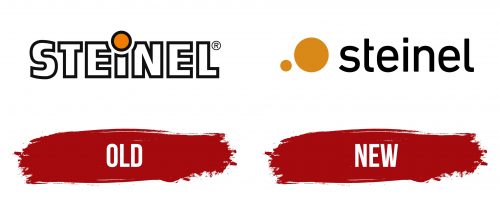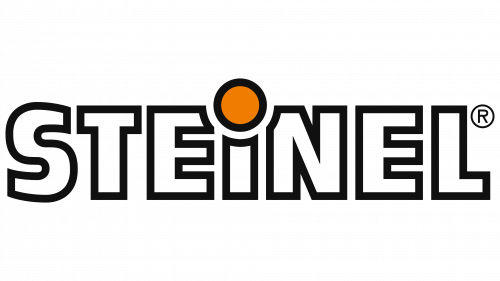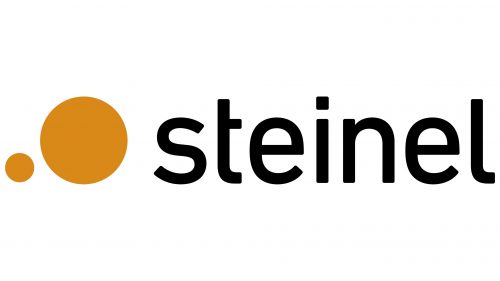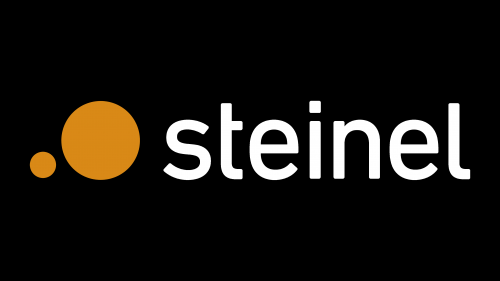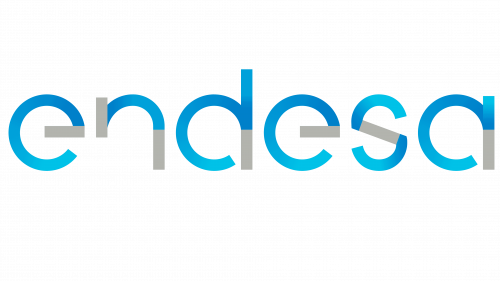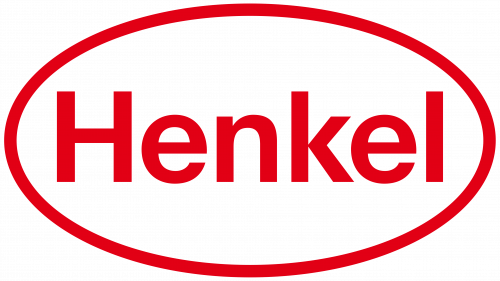The Steinel logo is as progressive as the company’s products it represents. The minimalist emblem concentrates the sun’s energy, conveyed through a simple geometric shape within the printed letters. The logo reflects the joy of using innovative lighting devices.
Steinel: Brand overview
1959 marked the beginning of Steinel’s history in the German town of Herzebrock-Clarholz. Heinrich Wolfgang Steinel, an engineer and businessman, recognized the promise of creating cutting-edge electrotechnical items and created the company.
At first, the firm focused on producing ignition coils and electrical transformers for the vehicle sector. The increased demand for cars in post-war Germany and the requirement for premium parts drove this decision.
The company started to broaden its product line in the 1960s to include various electrotechnical parts for home appliances. The business soon established a solid reputation as a trustworthy producer, which allowed it to collaborate with significant producers of home electronics.
A major turning point occurred in 1968. The business unveiled its first soldering gun, which enthusiasts and professionals embraced quickly. With the release of this device, the enterprise embarked on a new path: the manufacture of soldering and thermal processing instruments.
The company continued funding research and development throughout the 1970s, which resulted in the invention of several ground-breaking goods. One of the most important was the introduction of the first electronic heat gun with temperature control in the world in 1976. This development substantially increased the use of heat guns in various businesses and repair tasks.
The brand entered the sensor technology sector throughout the 1980s. 1987, the business released the first infrared motion sensor for automated lighting control. This innovation started a new era and pointed toward developing sensor technology, which became one of the company’s primary focus areas.
The firm opened its first overseas branch in Switzerland in 1989 as part of its global expansion, which continued in the ensuing years.
The brand actively developed its sensor technologies during the 1990s. In 1992, the company unveiled several cutting-edge devices, one of which was the first sensor-controlled outdoor light in history. These innovations contributed to the firm’s prominence in the automatic lighting industry.
With the opening of a new manufacturing facility in the Czech Republic in 1995, the enterprise boosted output and streamlined logistics for the European market.
Further technological advancement and the growth of the product portfolio defined the 2000s. The company increased its market share in the repair and construction tools sector in 2003 when it unveiled its first line of professional glue guns.
A significant milestone occurred in 2005 when the firm unveiled the first sensor-controlled light with active infrared detecting technology in history. This technology greatly improved the efficiency and dependability of sensor lights, solidifying the company’s leadership in this technology area.
When the brand joined the LED lighting business in 2008, it unveiled a series of sensor-controlled LED lights. This action enabled the business to provide clients with more affordable and long-lasting solutions while reflecting the broader trend toward energy-efficient lighting systems.
The new Steinel Professional series of thermal tools was introduced in 2010. The demands of professional users were considered when developing this series, which immediately gained popularity in the industrial and construction domains.
The company’s groundbreaking True Presence technology was unveiled in 2013. It enabled sensors to precisely identify a person’s presence in a space, even when they were still. This breakthrough created new opportunities for integrating sensor technologies into energy-efficient building management and smart home systems.
The brand introduced the world’s first cordless rechargeable heat gun in 2015. Users could move around more easily and conveniently thanks to this instrument, especially when access to the electrical grid was limited.
Meaning and History
What is Steinel?
It is a German company specializing in designing and manufacturing lighting solutions, sensors, and thermal tools. Known for quality and technologically advanced products, it offers a range of motion sensors, occupancy sensors, and automated lighting systems designed to provide energy efficiency and convenience in residential, commercial, and industrial spaces. The brand manufactures heat guns and hot air tools in various fields, such as crafting, construction, and automotive applications. The company is known for its quality, offering efficient solutions that enhance functionality and energy efficiency.
Old
The more complex a company’s technologies, the simpler its visual identity. This principle applies to the Steinel logo, which is extremely simple yet conveys numerous meanings that the manufacturer invests in its identity and each device. Its uniqueness sharply distinguishes it from competitors, drawing attention with its clarity, freshness, and originality.
The emblem is text-based but instantly recognizable by the single symbol in the center, which has become the calling card of the German lighting device brand. The striking spot in the middle represents:
- The light of a bulb;
- A bright sun;
- A full moon;
- A light fixture.
The dark orange circle within the black ring symbolizes anything that is a source of light – both day and night. At the same time, it is simply a stylized dot over the “i” in the word “Steinel.” The designers shortened the stroke to fit it harmoniously next to the lower stroke. The dot encroaches not only on the stem of the “i” but also on the upper parts of the neighboring letters. This artistic technique helped to better express the idea of illuminating the surrounding space without harming the readability of the text.
The font chosen for the name is outlined, so light elements dominate over dark ones. The result is white letters in black frames. This makes them look more striking and better represents the concept of a company that deals with light fixtures and everything related to them. The circle is colored orange, breaking up the monochrome and adding a touch of brightness to the logo, concentrating attention on the imitation of light. Black and white symbolize stability and professionalism, while orange represents energy and friendliness. Together, they evoke a sense of joy, progress, and novelty.
New
The Steinel logo’s transformation added a fresh touch. The modern format allowed the brand to effectively stand out in its niche and shine with a new design, greatly lightening the image of the lighting equipment manufacturer and making it a source of elevated mood. With just a few changes, the emblem became even simpler, more positive, and more conceptual.
- Uppercase letters are a thing of the past, replaced by lowercase glyphs that are neat and thin.
- Many rounded shapes now contrast with the sharp strokes and angles that predominated before.
- The circle has split: now, not one but two elements symbolize light sources.
- The geometric shapes are separated from the text; they are not combined, so they stand out clearly.
On the right side, there are two large and one small circle. Colored dark orange, they create a positive impression. TTheir size differenceis so significant that one seems like a natural light source (the sun or the moon), while the other appears artificial (a lamp or a lantern).
The fonts are complete opposites: previously, the letters were uppercase, grotesque, extra-bold, and monolithic; now, they are lowercase, thin, short, elegant, and light, making the emblem simple and airy. Above the “i,” the large circle is replaced by a tiny square.
The company retained its signature color palette, dominated by orange and black, which the name is written in. Visually, this combination is advantageous because it is familiar (natural) and professional (reminiscent of sunlight during the day and moonlight at night). This turned an ordinary sign into a thematic element, perfect for a manufacturer of lamps and light fixtures. The light, informal font adds friendliness and positivity.

